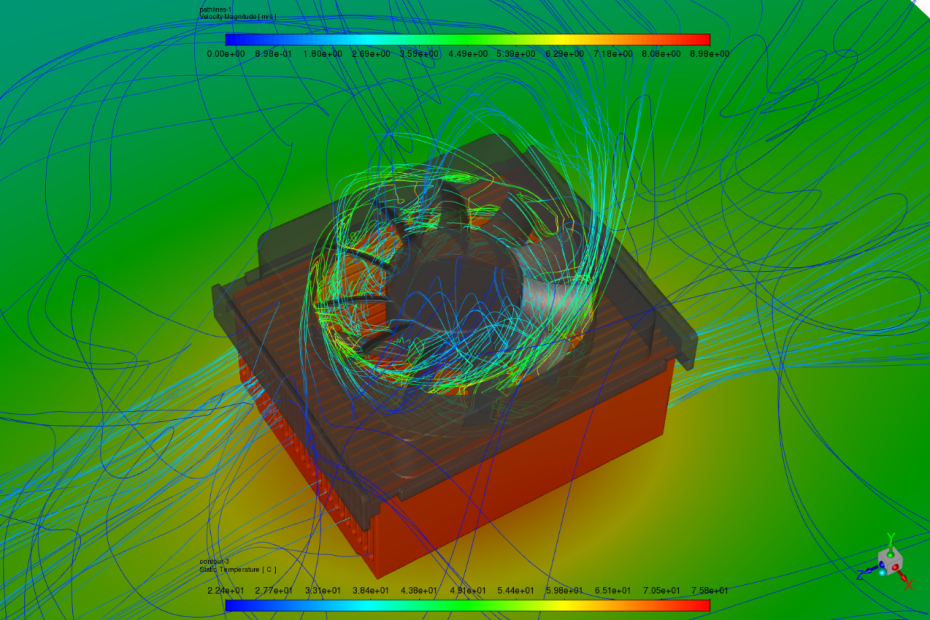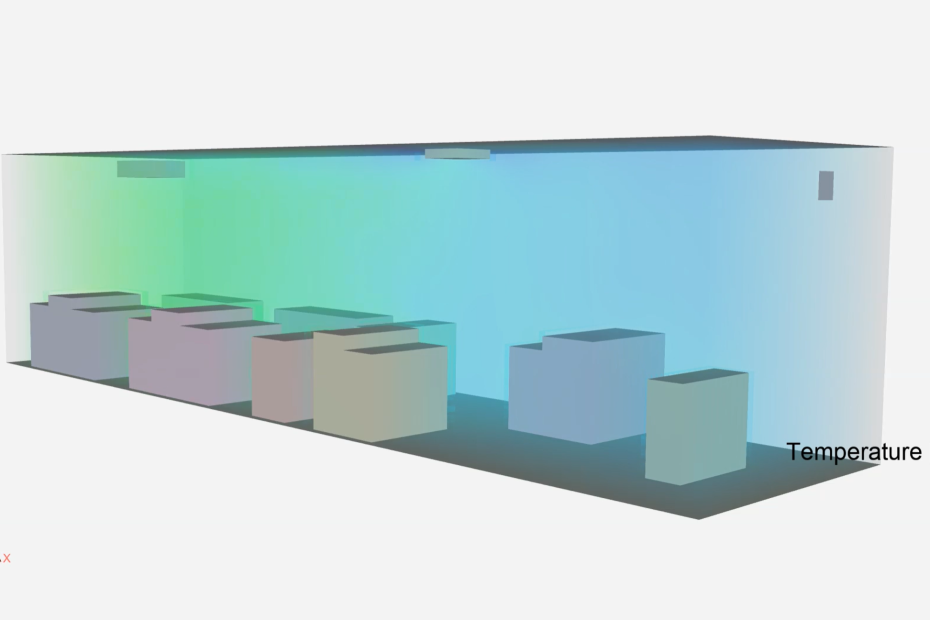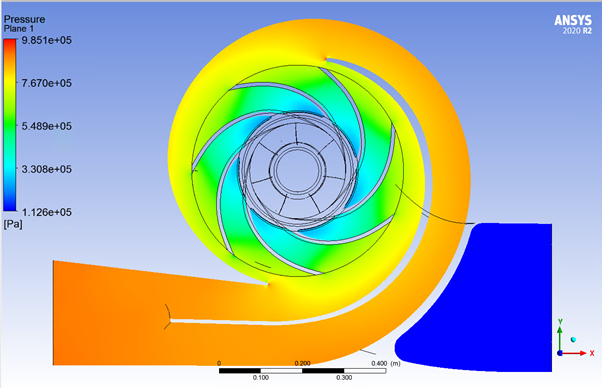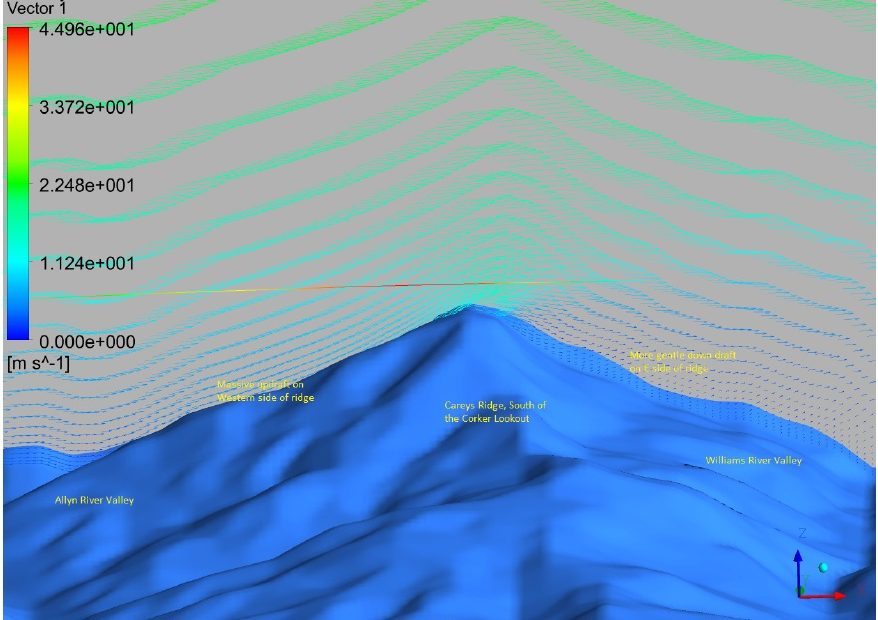Monash High Powered Rocketry blasts onto the world stage
Read about Monash High-Powered Rocketry’s amazing achievement to win second place in its category at the 2021 Virtual Spaceport America Cup – including an acknowledgement of their quality simulation work, with first place in the Charles Hoult Award for Modelling and Simulation.










